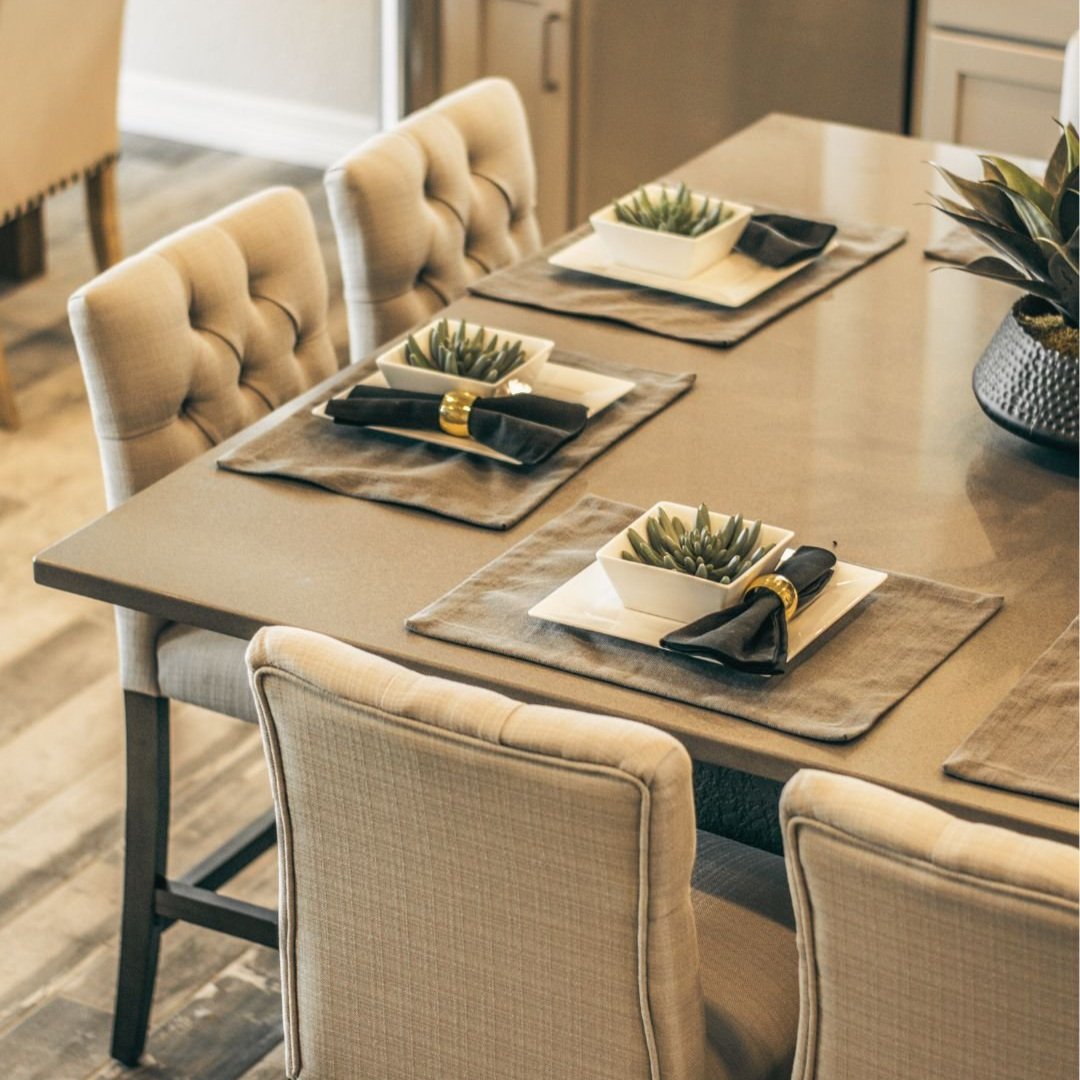Top Secrets to Working Effectively with Contractors
/If you’ve been an interior designer for a while, you’ve likely had at least one difficult encounter with a contractor. Whether it's missed deadlines, overlooked design details, or poor communication, challenges can arise. While a perfect, conflict-free relationship isn't always possible, there are strategies to help prevent tense situations.
Ultimately, designers and contractors share the same goal: keeping the client happy and delivering a successful project. Even if the contractor doesn’t work directly for you, following your vision means a smoother project, which benefits both you and the contractor.
As designers, it's important to manage contractors effectively because their work reflects on your professionalism. When a project is added to your portfolio, you can’t include a disclaimer about sloppy work being the contractor’s fault. The finished result is seen as your work, so it's in your best interest to make sure their performance meets your standards.
Some designers prefer the client to hire the contractor directly, which reduces liability but also limits control. Others recommend a list of trusted contractors to maintain some influence. Either way, taking proactive steps helps build a positive working relationship and reduces potential issues. Here’s how to manage those relationships more effectively.
1. Clarify Your Role
One of the most important steps in managing contractors is making your role clear to both the client and the contractors from the beginning. Everyone involved needs to understand that you, as the designer, are the point of contact for any design-related questions. Contractors should never approach the client directly for input on the design or materials. All preferences and selections have been made by you for a reason, and any changes should be channeled through you to maintain the integrity of the project. And this way, the client doesn’t feel pressured to make decisions on-site without understanding the overall design context.
2. Put Everything in Writing
Start by clearly outlining the Construction Scope of Work—separate from your design scope—that details the contractor's responsibilities, timeline, and billing. Any changes to the original plan should be documented in a change order and signed by the client to confirm their approval of adjustments and associated costs. Additionally, document any mistakes or subpar work by the contractor, keeping photos, notes, and related communication in case issues escalate. Proper documentation helps protect you and ensures everyone stays accountable throughout the project.
3. Set Guidelines Early On
A great way to set expectations is by submitting a guidelines booklet to the contractor before work begins. This booklet should outline key requirements such as maintaining a clean worksite, specific work hours, and client property protection (e.g., no smoking or even inappropriate language on-site). While these might seem like small details, they can have a big impact on the client’s experience and perception of the project. If you hire the team directly, you should draft a detailed contract with a series of commitments regarding timeline, quality standards, and communication protocols. It’s much easier to hold contractors accountable when you have a formal agreement in place.
4. Add Key Requirements to the Drawing Set
In addition to your guidelines booklet, it’s smart to add key requirements directly into the margins of the drawing set. Contractors are much more likely to reference the drawings regularly, so if something is critical to the design (e.g., grout lines, paint finishes, or trim specifications), make sure it’s noted clearly on the drawings. This reduces the likelihood of important details being missed.
5. Do Your Research
Before recommending or hiring a contractor, do your homework. Start by asking for references from previous clients and checking online reviews to get a sense of their reputation. It's also a good idea to visit completed projects, if possible, to see their work firsthand. Make sure that the contractor is both insured and bonded—this provides protection for both you and the client if something goes wrong. You can request copies of their insurance certificates and bond documentation, and don’t hesitate to verify them with the issuing companies. A little research up front can save you a lot of headaches down the road.
6. Make Regular Site Visits
Regular on-site supervision is key to making sure everything stays on track. By visiting the site frequently, you can spot issues early, confirm that your design is being followed, and maintain open communication with the contractor. This hands-on involvement shows both the contractor and the client that you’re committed to delivering a high-quality result.
7. Create an Escalation Plan
Despite your best efforts, sometimes things will go wrong. Having a clear, predefined escalation plan can help you manage these issues when they do arise. For example, agree with the contractor on what happens if they miss a deadline or deliver subpar work. This might include financial penalties, extra work hours, or bringing in additional resources to fix the problem. Knowing there’s a plan in place can help you and the contractor navigate stressful situations with less friction.
8. Build a Positive Professional Relationship
Building rapport with contractors is one of the best long-term strategies for smooth project execution. When you take the time to foster trust and mutual respect, the contractor is more likely to go the extra mile for you, and you’ll find that projects tend to run more smoothly each time you work together. Beyond the logistics, it’s rewarding to have that human component in your work life—knowing you can rely on each other creates a better work environment for everyone involved.
Working with contractors isn’t always easy, but by clarifying expectations and maintaining consistent communication, you set the stage for a more successful project. And when everyone works together toward the same goal, the end result is a finished project that reflects well on both you and the contractor.
xx, Danae

































